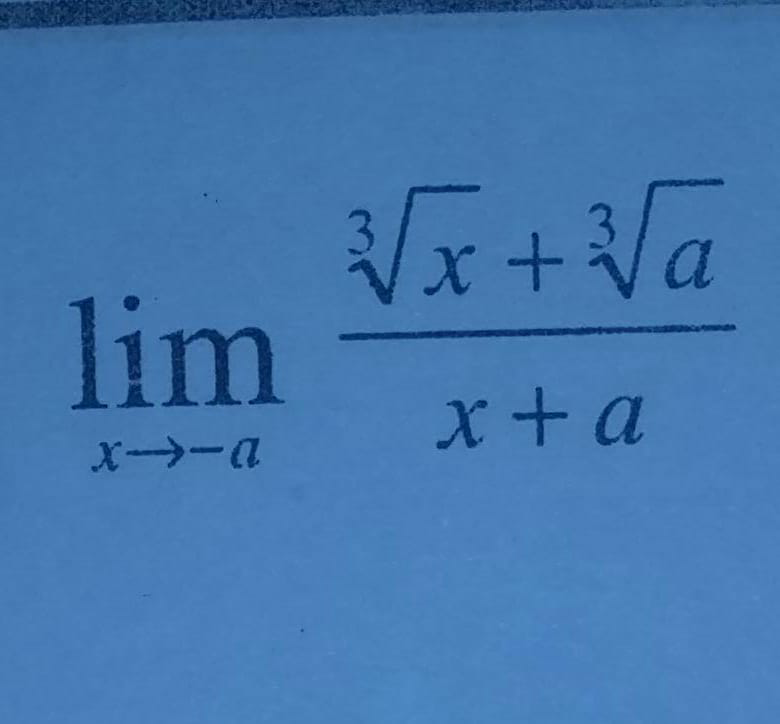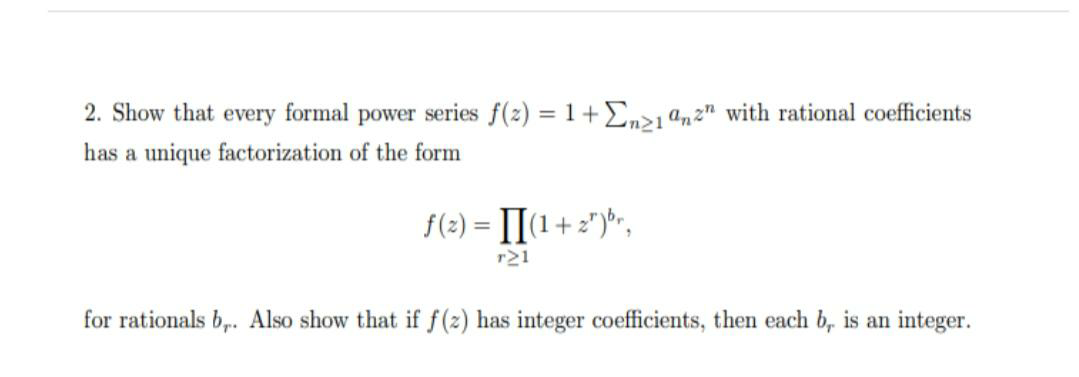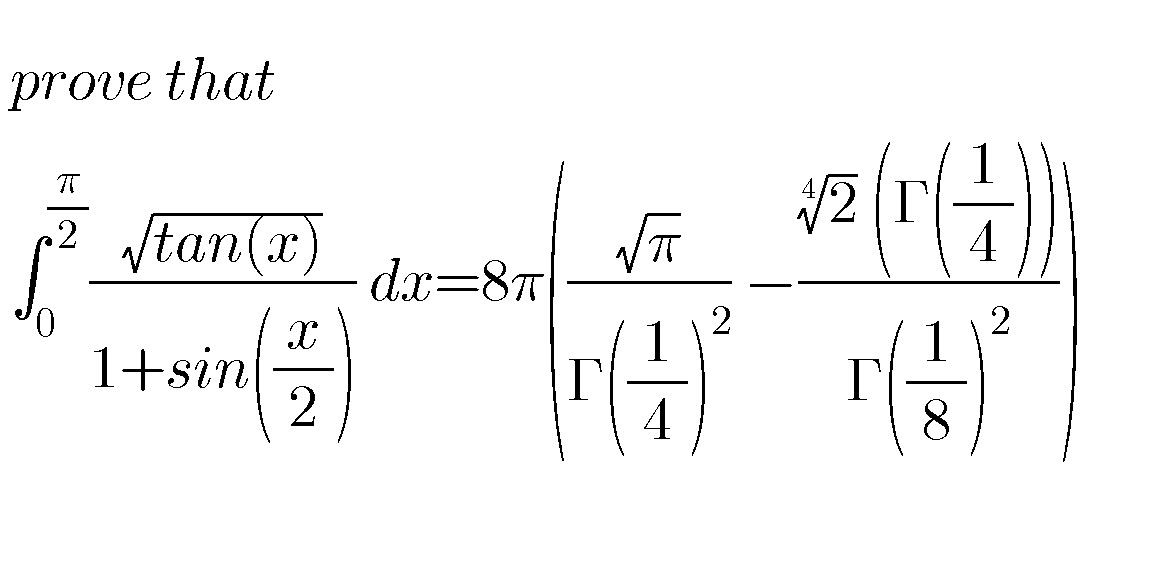
AllQuestion and Answers: Page 1349
Question Number 78694 Answers: 6 Comments: 2
Question Number 78693 Answers: 1 Comments: 3

Question Number 78655 Answers: 1 Comments: 2

Question Number 78652 Answers: 1 Comments: 0

Question Number 78650 Answers: 2 Comments: 4

Question Number 78643 Answers: 0 Comments: 2
Question Number 78635 Answers: 1 Comments: 8

Question Number 78627 Answers: 0 Comments: 0
Question Number 78625 Answers: 0 Comments: 1
Question Number 78624 Answers: 0 Comments: 0
Question Number 78623 Answers: 1 Comments: 0
Question Number 78622 Answers: 0 Comments: 1
Question Number 78621 Answers: 0 Comments: 1
Question Number 78620 Answers: 1 Comments: 0
Question Number 78609 Answers: 0 Comments: 0

Question Number 78628 Answers: 2 Comments: 1
Question Number 78596 Answers: 1 Comments: 1
Question Number 78581 Answers: 0 Comments: 4
Question Number 78578 Answers: 0 Comments: 0

Question Number 78575 Answers: 1 Comments: 0
$$\int\:\sqrt{\mathrm{tan}\:\mathrm{x}}\:\:\mathrm{dx} \\ $$
Question Number 78569 Answers: 1 Comments: 0
Question Number 78568 Answers: 1 Comments: 0
Question Number 78567 Answers: 0 Comments: 9

Question Number 78564 Answers: 1 Comments: 1

Question Number 78563 Answers: 0 Comments: 0

Question Number 78549 Answers: 1 Comments: 0

Pg 1344 Pg 1345 Pg 1346 Pg 1347 Pg 1348 Pg 1349 Pg 1350 Pg 1351 Pg 1352 Pg 1353
